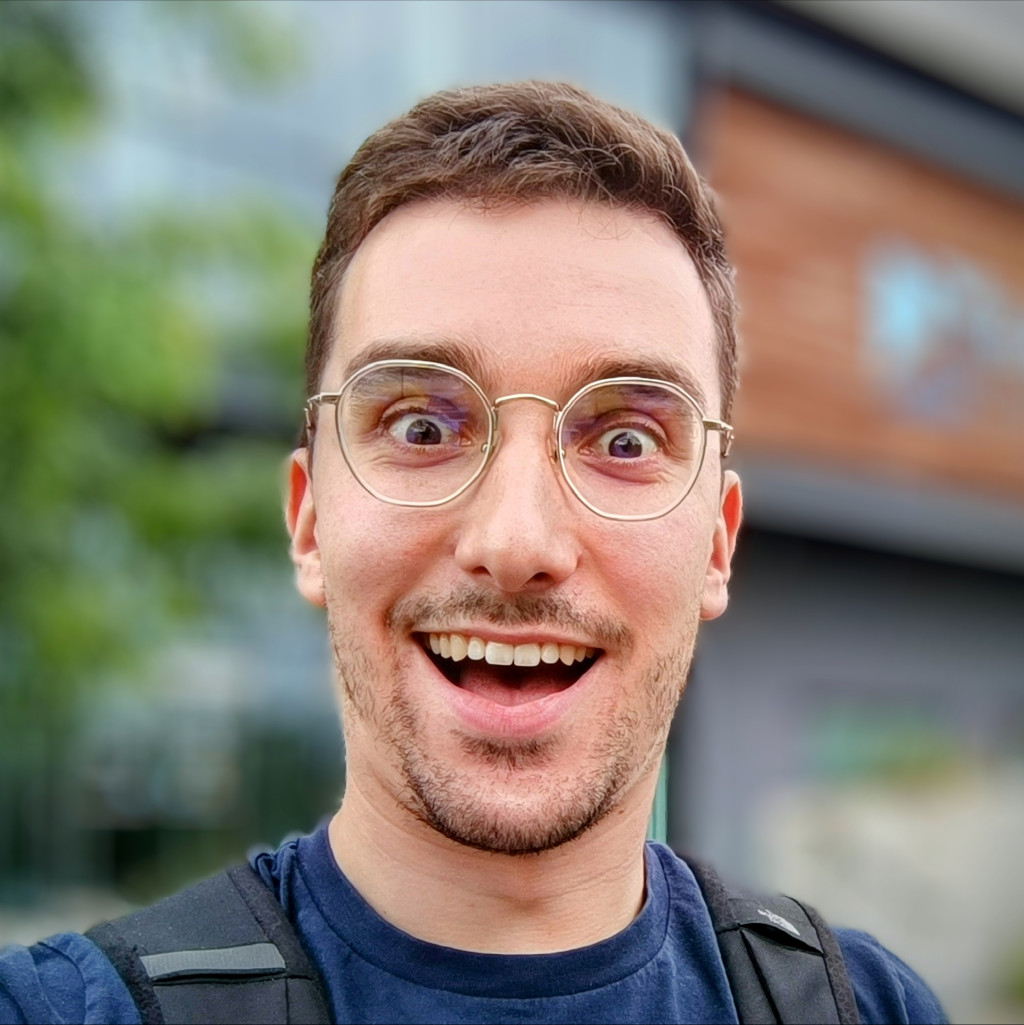Whole-Body End-Pose Planning for Legged Robots on Inclined Support Surfaces in Complex Environments
Published in IEEE-RAS 18th International Conference on Humanoid Robots (Humanoids), 2018
Recommended citation: H. Ferrolho, W. Merkt, Y. Yang, V. Ivan and S. Vijayakumar, "Whole-Body End-Pose Planning for Legged Robots on Inclined Support Surfaces in Complex Environments," in IEEE-RAS 18th International Conference on Humanoid Robots (Humanoids), Beijing, China, 2018.
Abstract
Planning balanced whole-body reaching configurations is a fundamental problem in humanoid robotics on which manipulation and locomotion planners depend on. While finding valid whole-body configurations in free space and on flat terrains is relatively straightforward, the problem becomes extremely challenging when obstacle avoidance is taken into account, and when balancing on more complex terrains, such as inclined supports or steps. Previous work using Paired Forward-Inverse Dynamic Reachability Maps demonstrated fast end-pose planning on flat terrains at different heights by decomposing the kinematic structure and leveraging combinatorics. In this paper, we present an efficient whole-body end-pose planning framework capable of finding collision-free whole-body configurations in complex environments and on sloped support regions. The main contributions in this paper are twofold: (i) the integration of contact property information of support regions into both precomputation and online planning stages, including whole-body static equilibrium robustness, and (ii) the proposal of a more informed and meaningful sampling strategy for the lower-body. We focus on humanoid robots throughout the paper, but all the principles can be applied to legged platforms other than bipedal robots. We demonstrate our method on the NASA Valkyrie humanoid platform with 38 Degrees of Freedom (DoF) over inclined supports. Analysis of the results indicate both higher success rates - greater than 95 % and 80 % on obstacle-free and highly cluttered environments, respectively - and shorter computation times compared to previous methods.

Comments